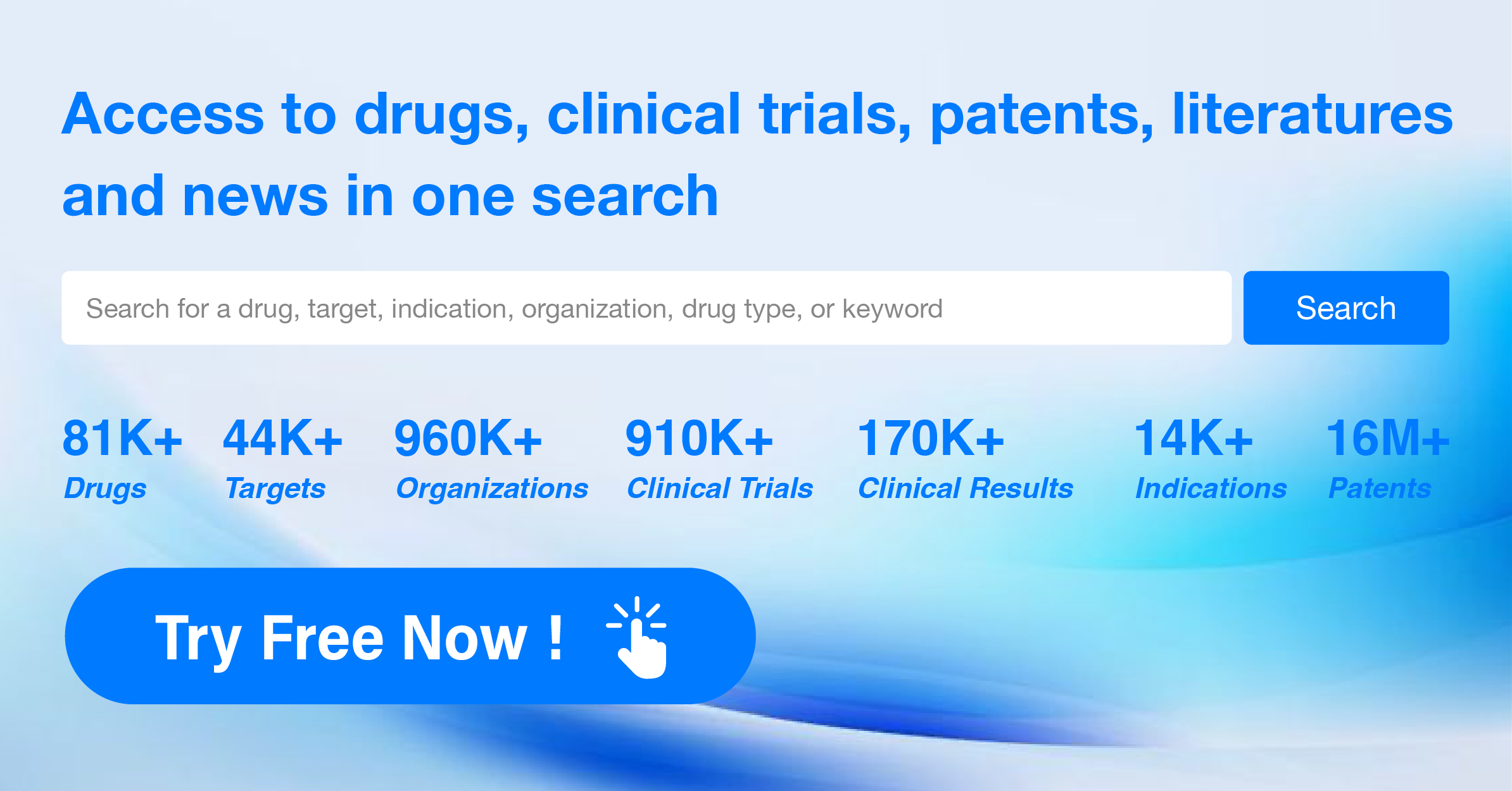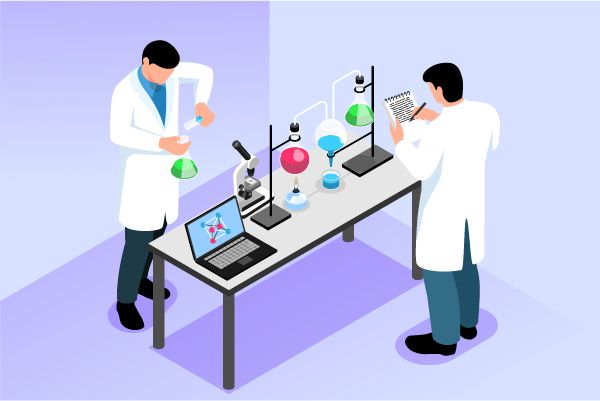What is the difference between EMA and HMA?
EMA (European Medicines Agency) and HMA (Heads of Medicines Agencies) are two distinct organizations that play vital roles in the regulation of medicinal products, but their functions and scopes differ.
EMA (European Medicines Agency): The EMA is the regulatory body for medicines within the European Union (EU), responsible for coordinating and supervising the assessment, authorization, and monitoring of medicines across EU member states. It handles the Centralized Procedure, through which approved drugs can be marketed in all EU member states as well as in Iceland, Liechtenstein, and Norway. The EMA also provides scientific advice and guidance to ensure the quality, safety, and efficacy of medicines.
The official EMA website (https://www.ema.europa.eu/) offers detailed information on drug assessments, approval processes, guidelines, clinical trial databases, and more.
HMA (Heads of Medicines Agencies): The HMA is an international organization comprising the heads of national medicinal regulatory agencies from both European and non-European countries. Its purpose is to foster cooperation and coordination among member states' regulatory bodies, share best practices and experiences, and enhance the consistency and efficiency of global medicinal product regulation. HMA membership includes the EMA as well as national regulatory agencies from around the world, such as the FDA (Food and Drug Administration) of the USA and Health Canada. The HMA promotes coordination and standardization of global medicinal product regulation through meetings, working groups, and collaborative projects.
In summary, the EMA is the medicinal regulatory body within the EU, while the HMA is a broader international collaboration organization aimed at strengthening cooperation among global medicinal regulatory bodies. Both are committed to ensuring the safety and efficacy of medications, but their working scopes and collaboration models differ.




